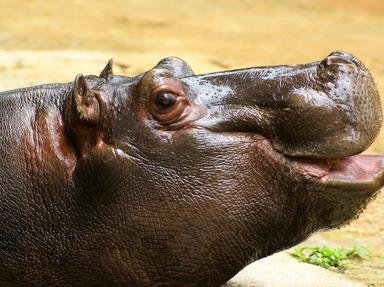Quiz Answer Key and Fun Facts
1. True or false? Lorises are primates.
2. Which creatures, cousins to guinea pigs and capybara, are the fourth largest rodent species in the world?
3. The Nilgiri tahr is the official State Animal of Tamil Nadu in southern India.
Which of these does it most resemble?
4. What is an Owl-faced Guenon?
5. Where would a potoo lay its single egg?
6. Which of these is/was *not* an actual animal?
7. Which naturalist gives his name to the Rhea pennata or lesser rhea?
8. Both male and female Siamang gibbons possess a "gular sac". Whereabouts on their body is it?
9. What is the main diet of a thorny devil?
10. Uaru amphiacanthoides are a species of freshwater fish indigenous to South America. How are they usually known?
11. The vicuna is the smallest living species belonging to which family of animals?
12. Which of these statements about wombats is *not* true?
13. Xenentodon cancila, or needlenose gar fish gives birth to live young. True or false?
14. Apodemus flavicollis is commonly known as the "yellow-necked ---"?
15. The critically endangered Zapata rail, the Zapata sparrow, and Zapata wren, are all found in the wetland swamps on the Zapata peninsula in which Caribbean country?
Source: Author
Rowena8482
This quiz was reviewed by FunTrivia editor
rossian before going online.
Any errors found in FunTrivia content are routinely corrected through our feedback system.

